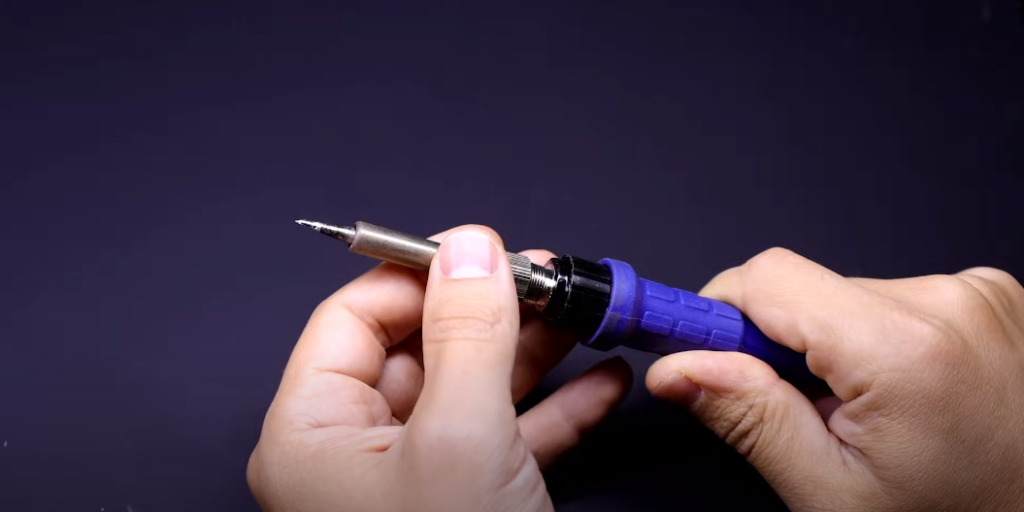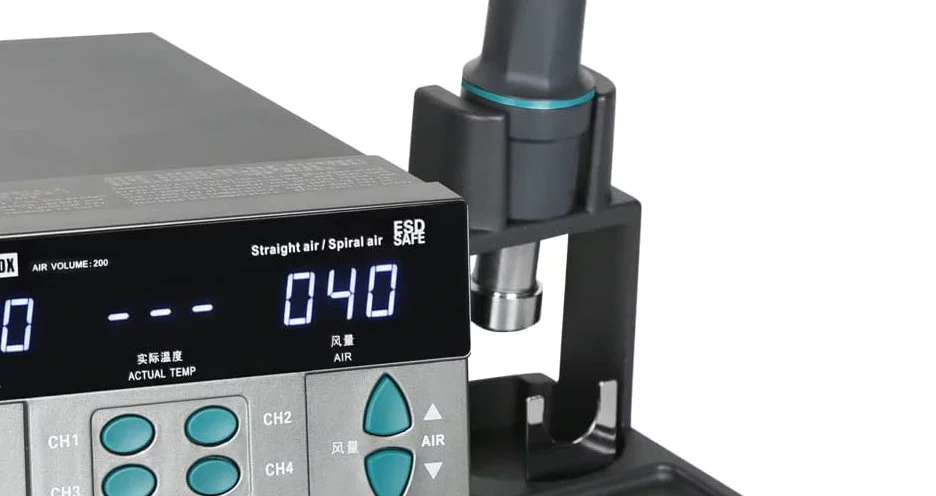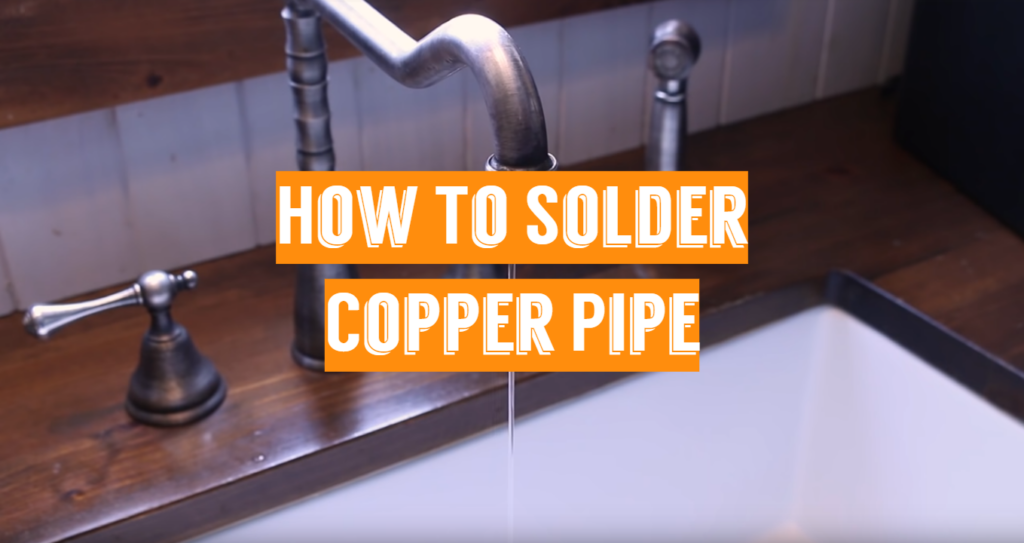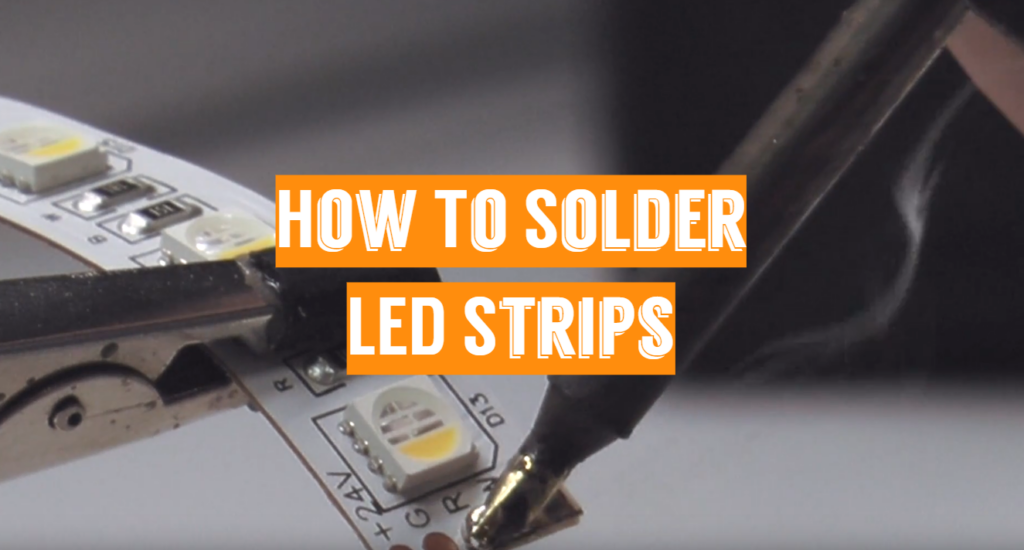There are many solder jobs when a hot air station can do things a soldering iron can’t. Hot air rework stations work by using hot air, to heat up a board or part instead of a soldering iron.
In this article we will discuss when and how to use a hot air rework station.
If you do not have the correct grip on the tool, then there is a higher chance that your connections will come undone or create an electrical short circuit. This article will teach you how to properly hold and use a soldering iron for beginners looking for guidance!
So, How to use a Hot Air Rework Station?
To prevent causing harm, be sure to hold the hot air tool in a way, so it does not fall. Use this guide on how to hold your hot air tool:
- Hold the hot air tool like a pen. Make sure that you don’t touch the hot part.
- To solder things, hold the hot air tool above the area or part you are soldering. Use a circular motion at first to heat up the area around the target part. Do this until you start to see the solder melting.
- Add a little solder on the end of each wire and ensure that it flows freely over the track. Make sure that the solder is shaped like a volcano, not just on one point.
- You need to remove the solder and hot air when you are finished. This gives the board time to cool down before you move it.
- Examine the joint carefully for a volcano shape. If you can see it, then put more solder on it. Then make sure that the track and lead are heated before you put more solder on them.
- You should get a silicon soldering mat to protect your work table from burns and solder
Projects you can use your Hot Air Station for
There are many projects that you can do with your hot air station, including:
- Removing, adding or replacing parts on a circuit board (PCB). “Rework”
- Working on very small parts where a soldering iron can’t be used.
- You can solder stained glass and mosaics with a also. There is lead in the solder, but it is not recommended because it is no longer used. It would help if you had a 100-watt or greater soldering iron, safety glasses, copper tape, and pliers.
When Using Your Hot Air Station, Follow These Safety Precautions
To avoid injury, it is important to follow these safety measures when using hot air.
Please do not touch the tip of your hot air gun unless you have released all the heat in it. This could result in serious burns that are best avoided by waiting for it to cool down before touching or moving it!

Be sure never to press too hard on any surface with the hot tool. Doing so can burn yourself and damage sensitive materials like circuit boards! When working above your head with this device, rest assured, knowing someone else will turn off the power source if needed (and always use an extension cord while soldering). If you leave something connected during storage time, then there might be electrical shorts that can cause fires if they are not checked!
Finally, only work within the manufacturer’s specifications for your iron and never attempt repairs without knowing what tools and materials may be required beforehand. If there is a problem, then call for service or bring your iron to someone who can help you fix it with professional-grade equipment.
Hot Air Desoldering Temperature
My Quick 861DW has 3 temperature modes that you push and it will recall the temperature and airspeed you set prior.
That makes it very convenient, but the approximate temperature to set your hot air at is 380 Celsius (716F). Set the airspeed at about 15, but the air pressure will depend on your nozzle size.
The smaller nozzle lets you focus on a smaller part/area, but will increase the air pressure and might blow the part off the board.
You will need to lower the airspeed for small or fragile parts, but for the most part, the flux should help hold the part in place while you apply the hot air.
How to Remove SMD Chip with Hot Air
Use a larger nozzle on your hot air tool, about the size of the chip you are removing, but it can be smaller.
Then heat up the area around the chip, use a circular motion until the solder starts to melt. Then gently pull the MCU chip off.
See our Related Video: Soldering with Hot Air – Basic Techniques, Tips and Advice!
Final Words
In conclusion, soldering is a useful and fun skill that can be used for many purposes.
However, it’s important always to follow safety precautions when using this tool – for both your sake as well as those around you who could get hurt if something goes wrong.
Please feel free to leave any comments or questions below! Thanks for reading, and happy soldering 🙂



